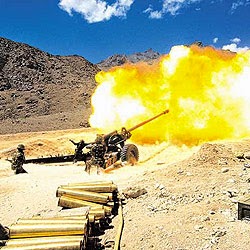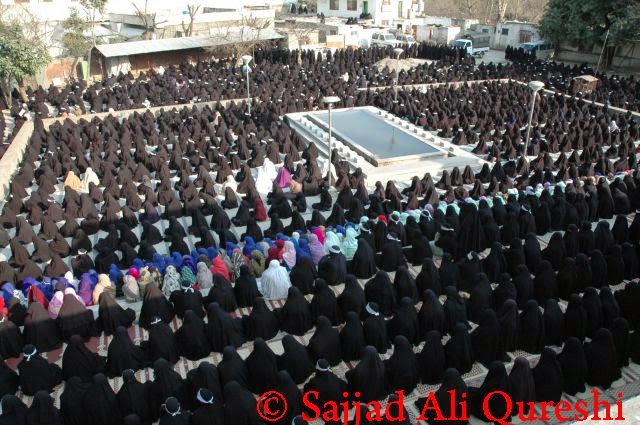Sifting through the data there appear to be three distinct categories:
(A) Temps from Mexico, India, Canada, UK…all anglophone countries except for Mexico;
(B) Saudi, China, Korea…only here for education, will return home to take advantage of excellent job prospects;
(C) Germany, France…exchange scholars coming to visit and experience America.
We are not sure if this observation is tied up in any manner with the above data, but Category (A) people (and their home nations) tend to be pro-America, the others, not so much.
The report reveals that the resident non-immigrant
population in the US averaged 1.87 million during July 1, 2011–June 30,
2012. Temporary workers and their families accounted for approximately
45% (840,000) of the population, and students and their families
accounted for another 40% (720,000).
.
Of the temporary worker and family
category, 38% (430,000) were from India, compared to 210,000 from China, and 140,000 from South Korea, the next highest
worker-flow countries. Mexico, which accounts for a large number of
illegal migratory workers coming into US, had only 100,000 resident
non-immigrants.
.
Of the 720,000 foreign students recorded by the
Department of Homeland Security in 2012, China accounted for 150,000
(22%), India 100,000 (14%) and South Korea 100,000 (13%), the report
said.
.
Overall, about half the resident non-immigrants (980,000) were
citizens of Asian countries, including India 23%, China 11%, and South
Korea 8%.
The report
also showed that California was the leading destination state, with
270,000 (15%) of the total 1.9 million non-immigrants choosing to reside
in that state. The next leading destination states were New York
(210,000), Texas (140,000), Florida (100,000), and Massachusetts
(90,000).
.
Europe and North America comprised another 26 per cent, led by Canada (six per cent) and Mexico (five per cent).
According
to the report, temporary workers made up much larger portions of the
non-immigrant populations from Mexico (78 per cent), India (74 per
cent), Canada (67 per cent) and the United Kingdom (65 per cent) than
from all countries combined (45 per cent).
Non-immigrants from Saudi Arabia, China and Korea were more likely to be in the US on student visas, the report said.
More
than 90 per cent of resident non-immigrants with Saudi Arabian
citizenship were students, as were 73 per cent of Chinese and 67 per
cent of South Koreans.
In comparison, only 38 per cent of resident non-immigrant citizens of all countries were students.
Among
the top 10 leading countries of citizenship, Germany and France led the
exchange visitor category, making up more than 60 per cent of the
total, the report said.
….
Link: http://www.ndtv.com/article/diaspora/over-one-third-of-temporary-workers-in-us-from-india-report-509201
….
regards


